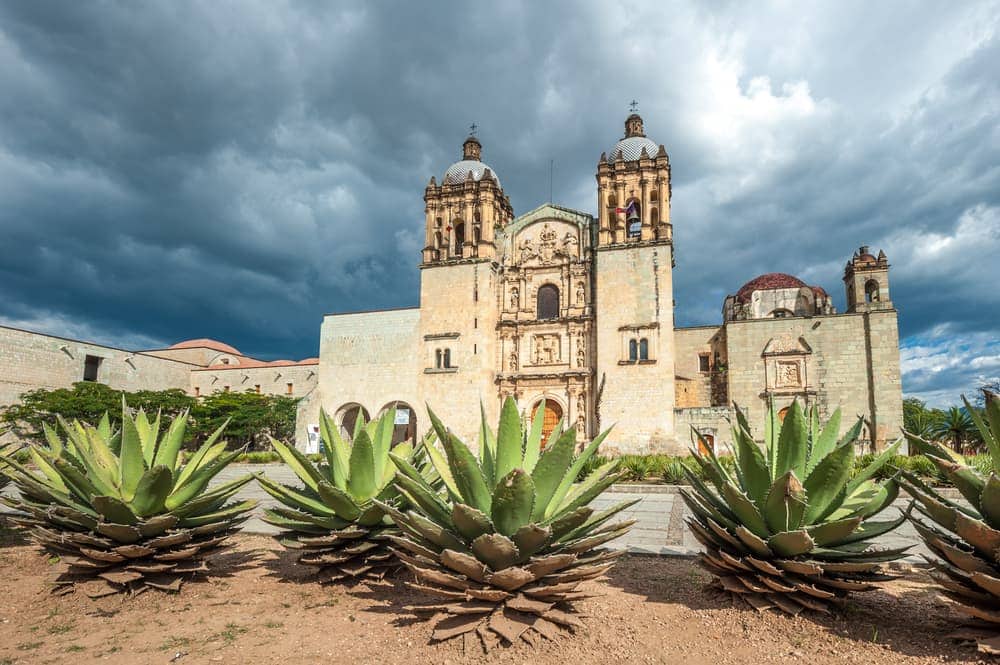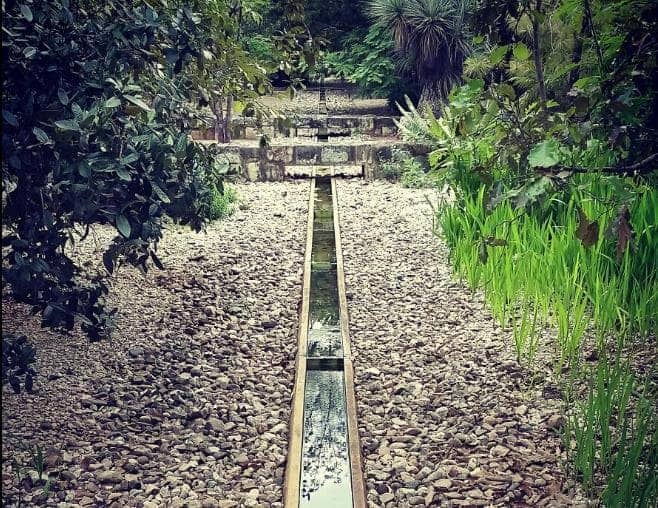Cuando el arte se entrelaza con la historia orgánica
Seen from more than one angle, the Ethnobotanical Garden of the City of Oaxaca is one of the most interesting spaces to celebrate the biodiversity – and the plastic creativity – of Mexico. On top of it, to its multiple historical layers and aesthetic and natural dimensions, the fact that it is in the center of one of the richest and most endearing cities in the country is added.
The garden is part of the Santo Domingo Cultural Center, which occupies the old Dominican convent of the sixteenth and seventeenth centuries, of which remains such as irrigation and drainage channels, ponds, lime kilns, laundry rooms, a ceramic oven and a cobblestone driveway. It is hard to believe that the imposing enclosure has been used as a barracks from the 19th century until its rescue in 1993, at the initiative of the artist Francisco Toledo and the PRO-OAX civil association.

Thanks to these efforts, what used to be the gardens of the religious building today invite us to celebrate the prodigality of these lands among hundreds of species of plants originating in the different regions of Oaxaca – from arid as well as humid climates, from low tropical zones and Temperate and cold mountainous areas. Here it is clear the great diversity of climates, geological formations and types of vegetation of a state that is also the entity where more ethnic groups live and where more indigenous languages are spoken.
The place has a nursery, a seed bank, a herbarium and a specialized library. But also works by the artists who designed the garden, Francisco Toledo – “El patio del huaje” and the fountain “La sangre de Mitla” – and Luis Zárate – “The mirror of Cuanana” -, as well as sculptures that modify the level and the direction of the water along the channel. On the tour you can also see works in wood and stone by the artists Jorge DuBon, José Villalobos and Jorge Yázpik.

Now, the most visited sculptures are not the work of any of these masters, but of organic origin: a gigantic biznaga of more than 5 tons that could be a thousand years old, and several cycads – which evolved more than 230 million years ago and they flourished before the dinosaurs disappeared by the Chicxulub meteorite. There is also a space dedicated to Guilá Naquitz, a cave near Mitla where archaeologists found remains of corn from about seven thousand years ago, the oldest known to date.
Where is it located?
Reforma s / n esq. Constitution, Center.
Visiting the Botanical Garden is one of the activities that you should not miss on your next visit to Oaxaca .